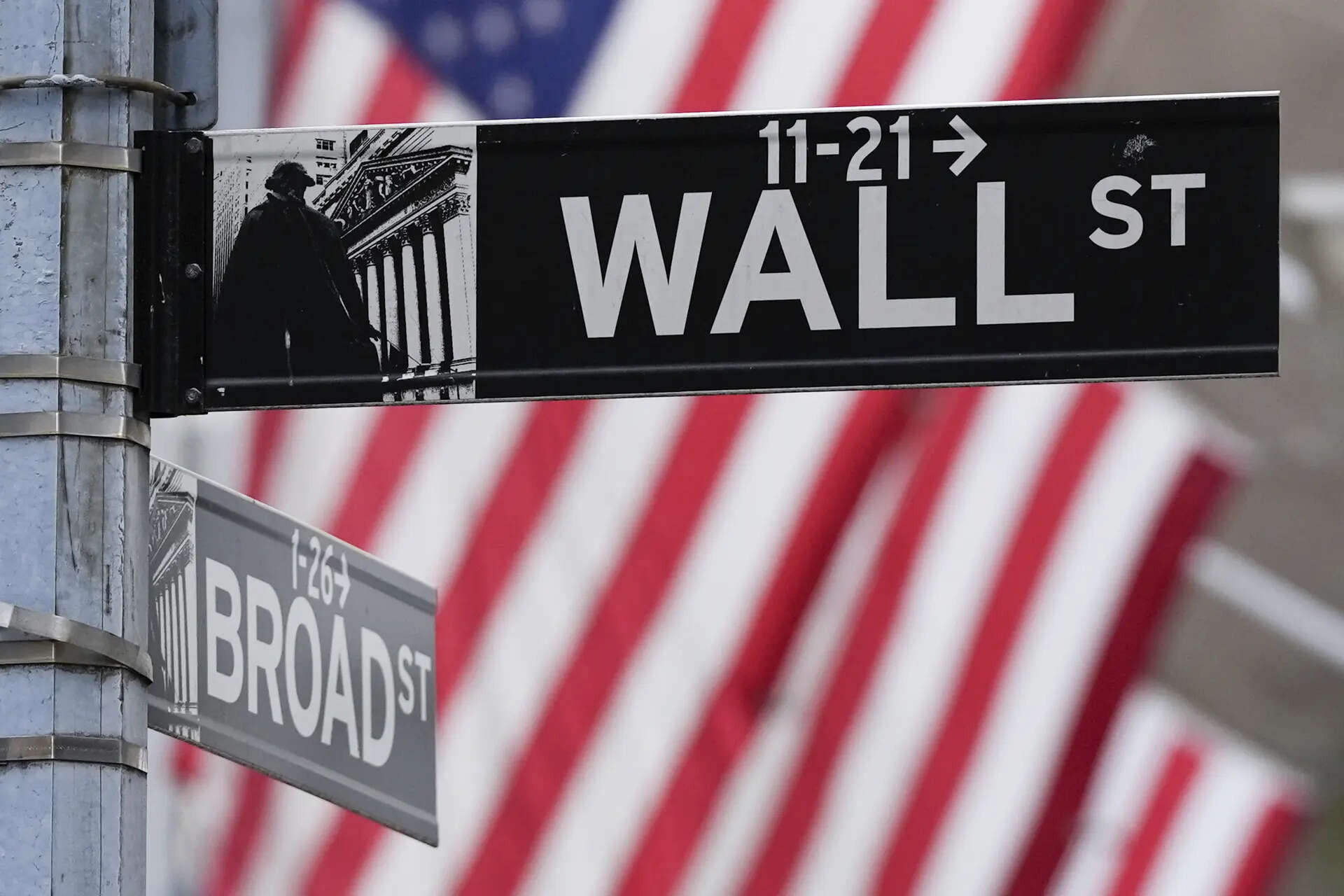Wall Street experienced mixed trading as investors awaited crucial US inflation data and Apple’s product launch, where a new iPhone model was anticipated. The Dow Jones Industrial Average rose, while Nasdaq saw a slight decline. Markets are closely watching producer and consumer price data ahead of the Federal Reserve’s policy decision, with expectations of an interest rate cut next week.
Navigating the Market Maze: What’s Behind Wall Street’s Latest Moves?
Wall Street is a fickle beast, isn’t it? One day it’s roaring, the next it’s… well, mixed. That’s precisely where things stood recently as investors held their breath, anticipating fresh inflation data that could either fuel a rally or trigger a retreat. The Dow Jones Industrial Average managed a respectable jump, adding over 70 points, while the S&P 500 seemed content to just tread water. It’s a delicate dance of optimism and apprehension, and understanding the steps is key to making sense of it all.
So, what’s driving this cautious optimism?
Part of the upward momentum – though perhaps better described as a refusal to completely buckle – stemmed from specific sectors displaying surprising resilience. Healthcare, for instance, often considered a defensive play during times of economic uncertainty, showed relative strength. Johnson & Johnson, a bellwether in the healthcare space, saw gains, contributing to the Dow’s upward trajectory. This highlights a flight to safety by some investors, seeking shelter in sectors traditionally perceived as less vulnerable to economic downturns.

But the real elephant in the room is, of course, inflation. It’s the economic boogeyman that has been haunting central banks and investors alike for months. The market’s muted reaction underscores the uncertainty surrounding the upcoming inflation figures. Will they show further signs of cooling, paving the way for the Federal Reserve to ease its aggressive monetary policy? Or will they remain stubbornly high, forcing the Fed to maintain its hawkish stance, potentially triggering a recession? This uncertainty is a major reason why we see mixed signals on Wall Street and investors cautiously awaiting the data.
The energy sector also added some interesting spice to the mix. Oil prices have been fluctuating wildly, influenced by geopolitical tensions, production cuts, and evolving demand dynamics. This volatility is rippling through the stock market, impacting energy companies and adding another layer of complexity to the investment landscape. The performance of big oil is often a solid barometer of overall investor sentiment.
Another factor to consider is the ongoing earnings season. Companies are reporting their financial results, and these reports offer vital clues about the health of the economy. Strong earnings can boost investor confidence, while disappointing results can trigger sell-offs. This earnings season is particularly important as investors are looking for signs of how inflation and rising interest rates are affecting corporate profitability.
Speaking of interest rates, they’re playing a pivotal role in shaping market dynamics. The Federal Reserve’s decisions on interest rates have a profound impact on borrowing costs, corporate investments, and consumer spending. The market is constantly trying to anticipate the Fed’s next move, scrutinizing every economic indicator for clues. If you are looking to understand more about the impact of these on your portfolio, check out our resources on [diversifying your assets](internal-link-to-relevant-article).
But it’s not just about the numbers. Investor sentiment is a powerful force that can amplify market movements. Fear and greed can drive irrational buying and selling, creating significant volatility. Understanding the psychological factors at play is crucial for navigating the market maze successfully. Consider the impact of social media and the rapid dissemination of information – or misinformation – on investor behavior. These factors can contribute to short-term market swings that don’t necessarily reflect underlying economic fundamentals. This is a good reminder to take a deep breath and consider the long term implications of your actions before making a decision in the face of volatility.
Looking ahead, the focus remains firmly on the inflation data. A lower-than-expected reading could trigger a relief rally, boosting stocks and weakening the dollar. Conversely, a higher-than-expected reading could lead to further declines, as investors brace for more aggressive monetary policy from the Fed. It’s a high-stakes game, and the outcome is far from certain. What’s certain, however, is that informed decision-making and a calm head are key to managing risk in these uncertain times.







